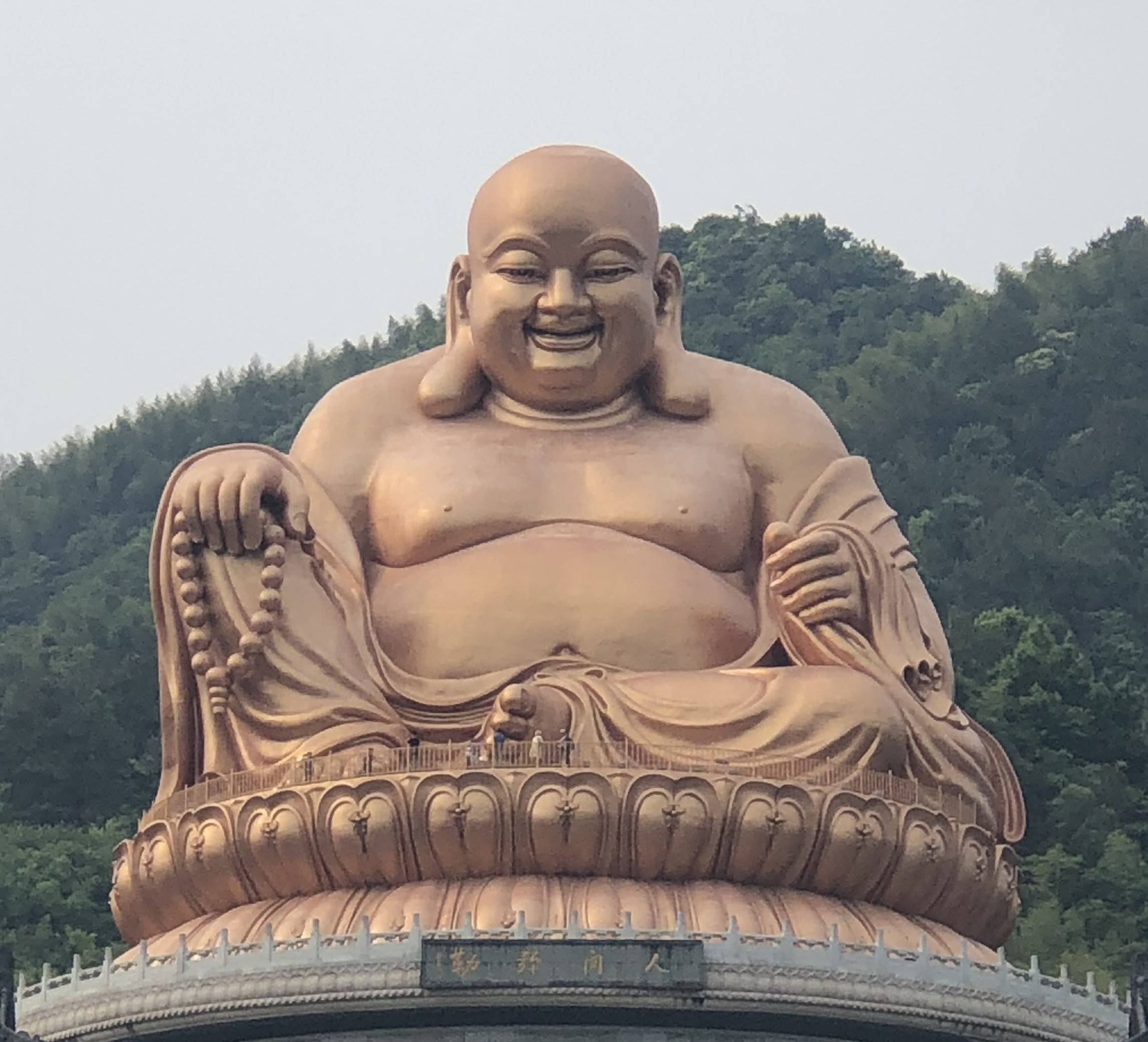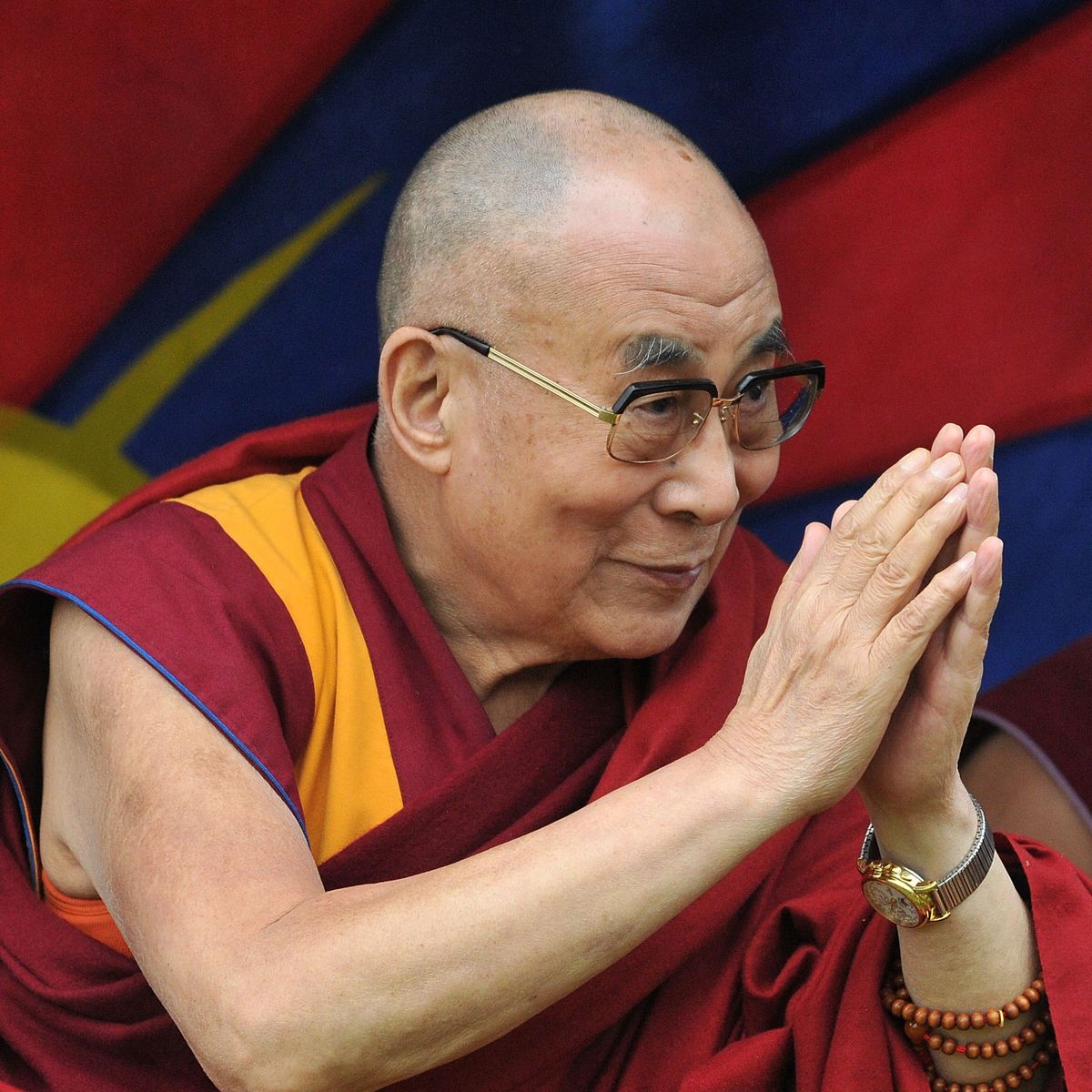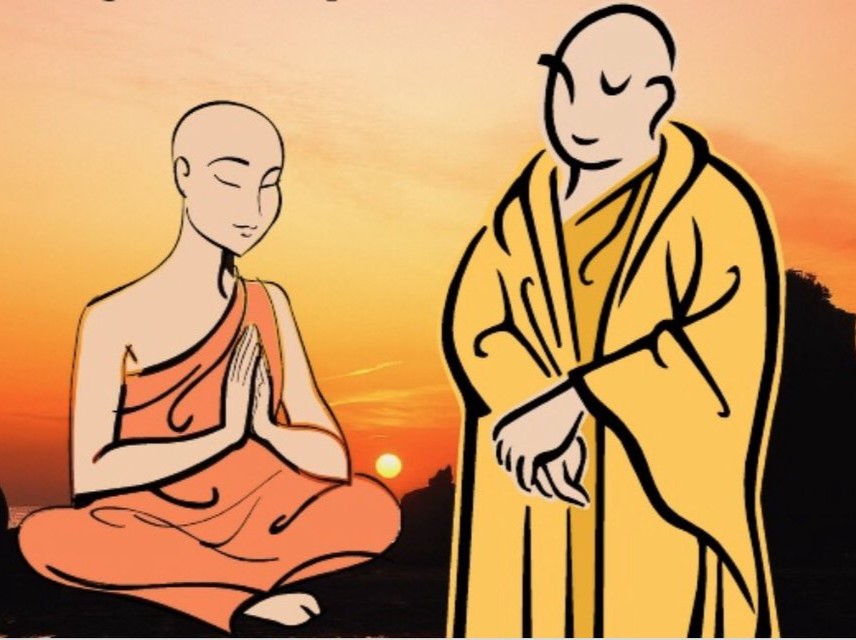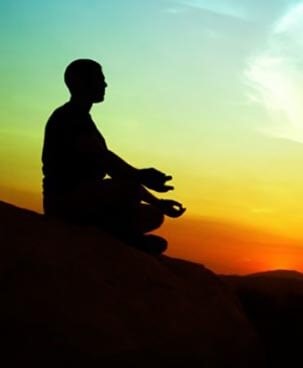FAQ
“Enter this path and you will bring an end to sorrow. This is the path that I have described having completely understood the basis of affliction. The Tathagatas merely show the way; you must make the effort. Through meditation and equanimity, you free yourself from the bonds of illusion.
“‘All conditioned things are impermanent.’ When you truly comprehend this, you will no longer be afflicted by suffering. This is the path of purity. ‘All conditioned things are suffering.’ When you truly comprehend this, you will no longer be afflicted by suffering. This is the path of purity. ‘All elements (of conditioned things) are self-less.’ When you truly comprehend this, you will no longer be afflicted by suffering. This is the path of purity.”
-The Buddha
Frequently Asked Questions
Q: Buddhism is the tradition that worships the jolly-looking fellow with the big belly, right?
A: For one thing, the fellow with the big belly isn’t the historical Buddha who taught in India over 2500 years ago. That figure was originally a depiction of a happy, enlightened monk whose image eventually became associated with the next Buddha who will appear in this world (Maitreya Buddha). For another, since Buddhism is a non-deistic tradition there is no concept of “worship” as it is generally understood by those whose cultures are grounded in the Abrahamic faith traditions such as Judaism, Christianity and Islam. We deeply venerate the Buddha for sharing his Wisdom and Compassion with us, but we do not worship him as a god because he wasn’t one, and he refused to be regarded as one – he was simply a human being who woke up to Ultimate Truth.
Q: Buddhism is just an offshoot of Hinduism, isn’t it?
A: This is a common misperception that comes from equating Buddhism with Protestant Christianity, which is a common western perspective. The Buddha, unlike Martin Luther, did not rebel against the prevailing religion of the day; rather, he attained his own understanding of Ultimate Truth and passed that on to suffering humanity as a way to become liberated. Terms such as karma, samsara and nirvana, among others, are common to both Buddhism and Hinduism. There are some significant differences between the two traditions and some of the Buddha’s teachings ran counter to the ancient Indian Brahmanical tradition, but despite this the Buddha deeply respected the Indian religious establishment of the day.


Q: Isn’t Buddhism a rather pessimistic tradition? After all, it concentrates on suffering and then tells us that we have to drag ourselves out of it by withdrawing into ourselves. That doesn’t sound very hopeful or very helpful.
A: Buddhism isn’t pessimistic but it is realistic. There can be no doubt that every human being has experienced some form of suffering, may currently be experiencing some form of suffering, and will experience some form of suffering in the future. This is an undeniable fact of our existence. However the Buddha’s First Noble Truth, the fact that suffering exists in life, has been misinterpreted to mean that life is nothing but suffering. Given the fact that our everyday existence and Nirvana, the cessation of suffering, are interwoven, it cannot be claimed that life is nothing but suffering. Given the fact that there is no inherent separation between a sentient being and all other phenomena, looking deep within ourselves is not a withdrawl but rather a way to gain insight into our universally interconnected nature.
The Four Noble Truths, upon which all Buddhist teachings are based, allow one to look directly at the state of one’s life, to see why suffering is woven into that life, to realize the hopeful truth that it is possible to transcend that suffering and be one with Perfect Peace, and to have a path which allows one to accomplish this.
Q: Does Buddhism deny the existence of God or do Buddhists believe in God?
A: As did the Buddha himself, Buddhism neither confirms nor denies the existence of a creator deity. Buddhism sees “creation” as an infinite, multidimensional tapestry of interdependent causation having no beginning and no end. Buddhism respects other faith traditions as paths to Ultimate Truth and has no quarrel with how those traditions interpret the nature of Ultimate Reality.
Q: If karma is a fact, if things can happen to me because of things I may have done in another life, then I can’t really do anything about it so what’s the point of even trying?
A: The teaching of karma is not a teaching of predestined fate; it is the teaching of cause-and-effect, the fact that things happen for reasons. Our volitional, egocentric actions which create karmic energies are carried out in the conditioned realm of relative existence, and the Buddha saw that one of the major characteristics of the conditioned realm is that of impermanence. This being the case, karma itself is subject to impermanence. This means that karmic effects can be altered, lessened, increased or even totally negated. The Noble Eightfold Path assists us in this endeavor. If the Path is followed diligently, one can eventually escape the conditioned realm of cause-and-effect and become one with all things, transcending samsara (the conditioned realm of existence) and ending its attendant suffering for all time.


Q: Isn’t the Dalai Lama the Buddhist Pope?
A: Not really, and it’s surprising how often this question is asked. Besides being the exiled political head of the Tibetan people, the Dalai Lama is the head of one of the four major sects of Tibetan Buddhism but has no religious authority over any of the other Buddhist sects. This would be roughly equivalent to the Roman Catholic Pope having religious authority over Southern Baptists, Lutherans, Methodists, etc. The Dalai Lama is revered by Buddhists world-wide, however, and is the 21st-century world’s best-known Buddhist figure.
Q: Was Zen invented in Japan?
A: Technically what we call “Zen” began in Japan, but its roots are Chinese. The Chan tradition started in China in the 6th century of the Common Era. The word “Chan” is the Chinese transliteration of the Sanskrit word “dhyana,” meaning “meditative concentration” but which the Chinese interpreted as “awareness.” And so Chan was the tradition that centered on the direct meditative exploration of one’s True Buddha Nature. Nearly 700 years later, Japanese Buddhist monks traveled to China and brought the Chan teachings and practices back to Japan with them. The Japanese pronunciation of “Chan” is “Zen.” Today we use the terms “Chan” and “Zen” interchangably. The core practices of both are the same, the differences are mainly those of style, lineage and tradition.


Q: Why do you have to sit around and figure out weird-sounding riddles in Zen?
A: This question refers to the gongan (J. koan), and its attendant practice known as huatou. Gongan means “public case” or “public record” and refers to widely distributed accounts of conversations between enlightened Chan masters and their disciples (among others). Huatou means “the head of a thought,” referring to that which precedes discursive thinking. Huatou can also refer to the “core” of a gongan. One of the most famous examples of a gongan and its attendant huatou goes:
Master Zhaozhou was asked, “Does a dog have Buddha-Nature?” Zhaozhou replied, “WU!”
The entire text cited above is considered to be the gongan and Zhaozhou’s reply of “WU! which means “no,” “not,” or “nothing” in Chinese, or may even be the sound of a dog barking, is considered to be the huatou. Chan/Zen students may study the entire text of the gongan (and there are hundreds) to deepen their understanding, or they may use the huatous WU! or WHO? as the focus of their meditative practice until a breakthrough occurs. This extremely focused meditative inquiry helps students to release attachment to the discursive mind, in effect “short-circuiting” the intellect and paving the way to a deeper, finer and truer understanding.
Other techniques such as “Silent Illumination,” “Antecedent Mind,” “Focusing on the Dantien” and “Following the Breath” are also used extensively in the Chan and Zen traditions. Originally Chan was mostly a master/disciple affair, but when the numbers of those who wished to follow the Chan path grew and grew there were not enough enlightened masters to accommodate the thousands of Chan adherents who appeared, so techniques such as the gongan, huatou and others were developed as expedients.
Q: Isn’t Pure Land Buddhism just Buddhist Christianity? This Amitabha Buddha and his Pure Land sounds a lot like Jesus and Heaven to me.
A: From a phenomenal standpoint Amitabha Buddha is a totally awakened being who assists sentient beings on the path to liberation. Amitabha does not “save” beings per se, but assists them just as any infinitely compassionate being dedicated to helping all sentient beings would do, while at the same time not weakening them in the process. Beings who have practiced “Buddha-Remembrance” in its many forms have established a resonance with this Buddha, and so are reborn into the Pure Land. Phenomenally, Amitabha’s Pure Land is a realm of rebirth in which the hindrances to cultivation are nonexistent so that beings who are reborn there may purify their remaining karma and so become able to either attain Nirvana in their next rebirth, or to return to the conditioned realm in the role of a compassionate Bodhisattva, one who constantly works for the liberation of all beings.
However, from the standpoint of Ultimate Nature, Amitabha Buddha is Boundless Compassion and Boundless Wisdom itself, and the Pure Land is none other than our Purified Mind, our Buddha-Mind, our Buddha-Nature, the essence of our very being. And so by practicing Buddha-Remembrance we see the true nature of our existence and realize that not only are we essentially Amitabha Buddha, but also that the Pure Land is here and now.
And so, Amitabha is not a “savior” per se, nor is the Pure Land a “heaven” because the Pure Land is not one’s final destination, in a manner of speaking. It is a way of liberating ourselves and others, both through rebirth into the Pure Land and through the realization of our True Nature.


Q: I really want to be enlightened. Can Zen guarantee that I will be?
A: Zen cannot guarantee anything, nor should one who practices Zen enter into it with any kind of expectation whatsoever, as this only reinforces the craving mind which causes all of our difficulties in the first place. What Zen can guarantee is a path that leads to awakening; the rest is up to the practitioner.
Q: Why do you call it, “CloudWater Zendo?”
A: The word “CloudWater” comes from the Chinese term “yunshui” which means “clouds and water” and refers to a Chan monk who should be able to float freely like a cloud and who can adapt to any situation just as water takes the shape of any container into which it is poured. The term “Zendo” is Japanese for “Zen Practice Hall,” and was chosen to honor Venerable Shih Yingfa’s root teacher, Reverend Koshin Ogui who is Japanese.

